| Hen Dy
Cwrdd Chapel Trecynon Aberdare South Wales |
| Hen Dy Cwrdd is
designated as a Chapel at risk and was acquired
after its closure in 2005 by the Welsh Religious
Buildings Trust. The Trust conserves some of the
best examples of redundant (non-Church in Wales)
religious buildings in Wales. |
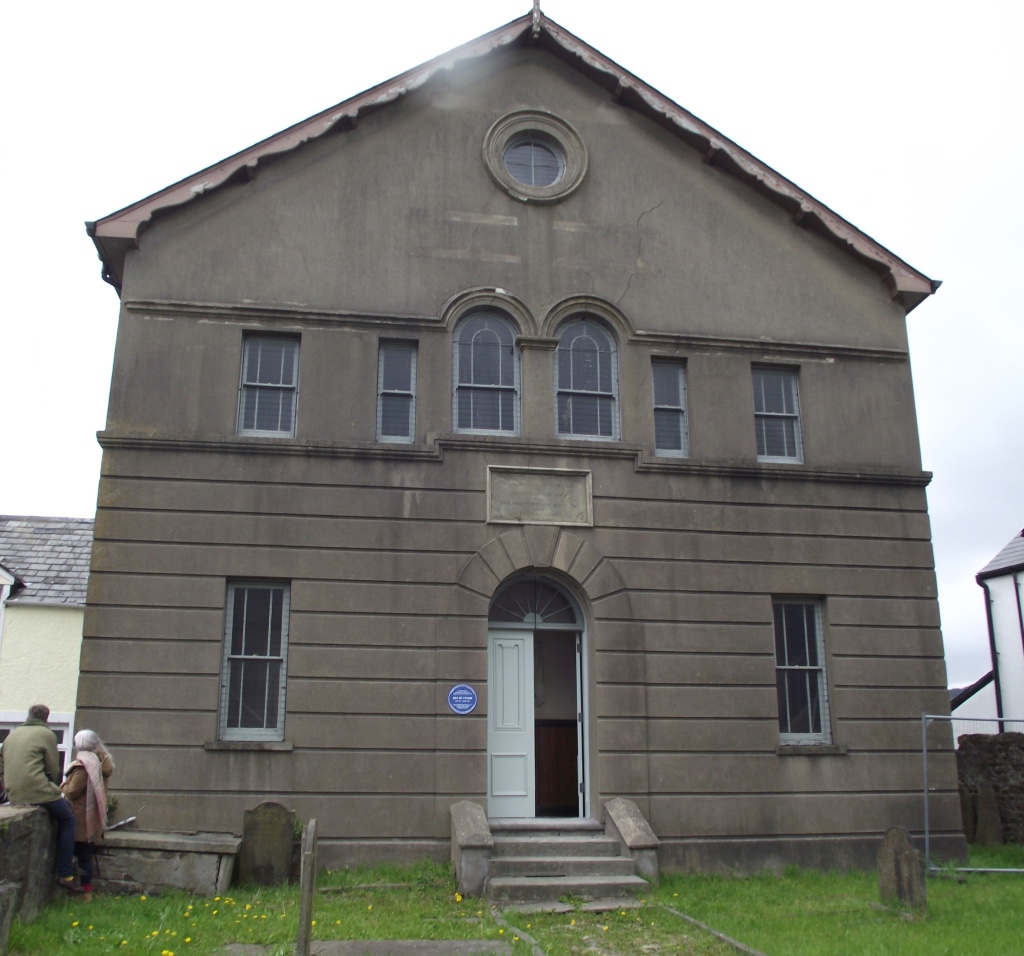
The current Chapel was rebuilt in 1862 to the design of Evan Griffiths an architect from Aberdare. A medium sized
Chapel with seating for 250 - 300 membership. The facade is very plain reflecting the simple and strong Unitarian beliefs.
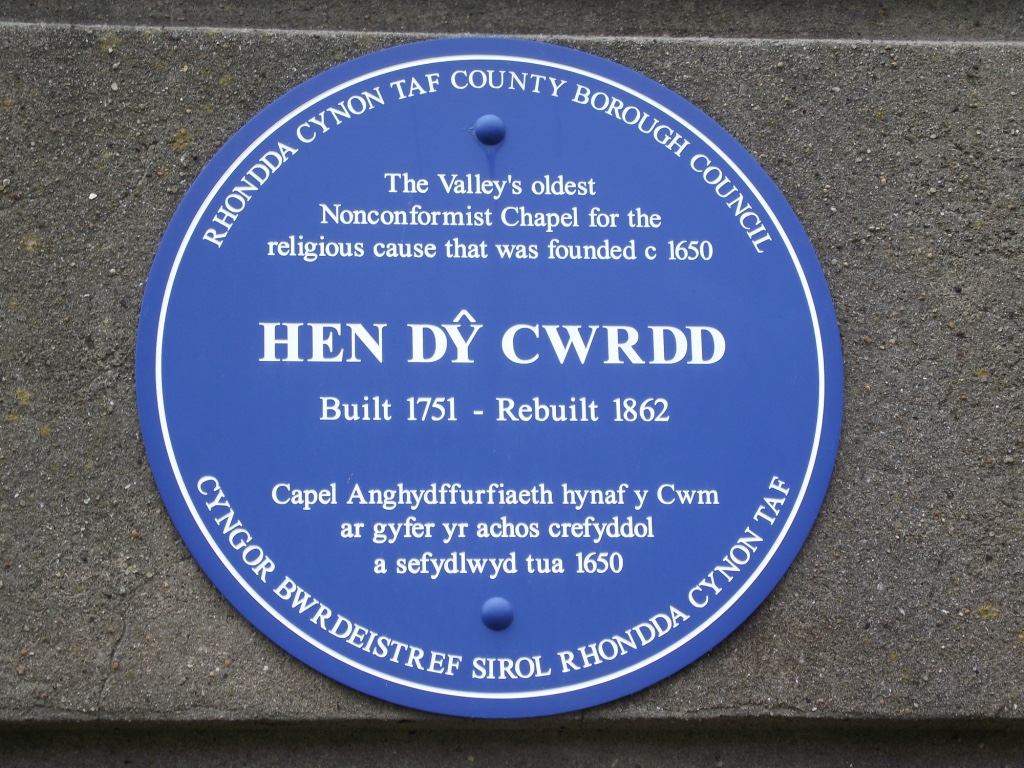 |
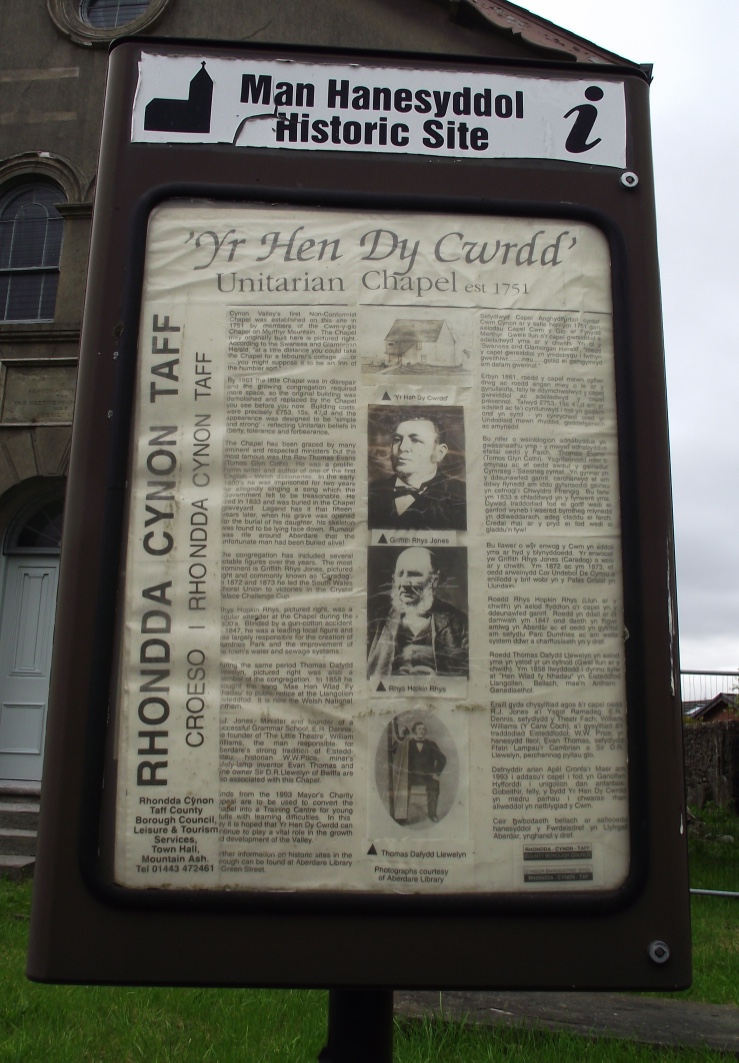 |
Hen Dy Cwrdd is the earliest Nonconformist cause in the Cynon Valley and represents the continuity of radical thought and
action since the 17th century. The first chapel was built in 1751 as a cottage like meeting house. This building sat between
50 - 100 people and by 1853 had a membership of 60.
The current Chapel was heated by two different sizes of direct gas fired cast iron sectional radiators. Two 2 section radiators
are installed at ground floor level and two 6 section at Balcony level. These heaters were made by Fletcher Russell & Co Ltd
of Warrington. The heaters were supplied with towns gas from the local gas works in Aberdare.
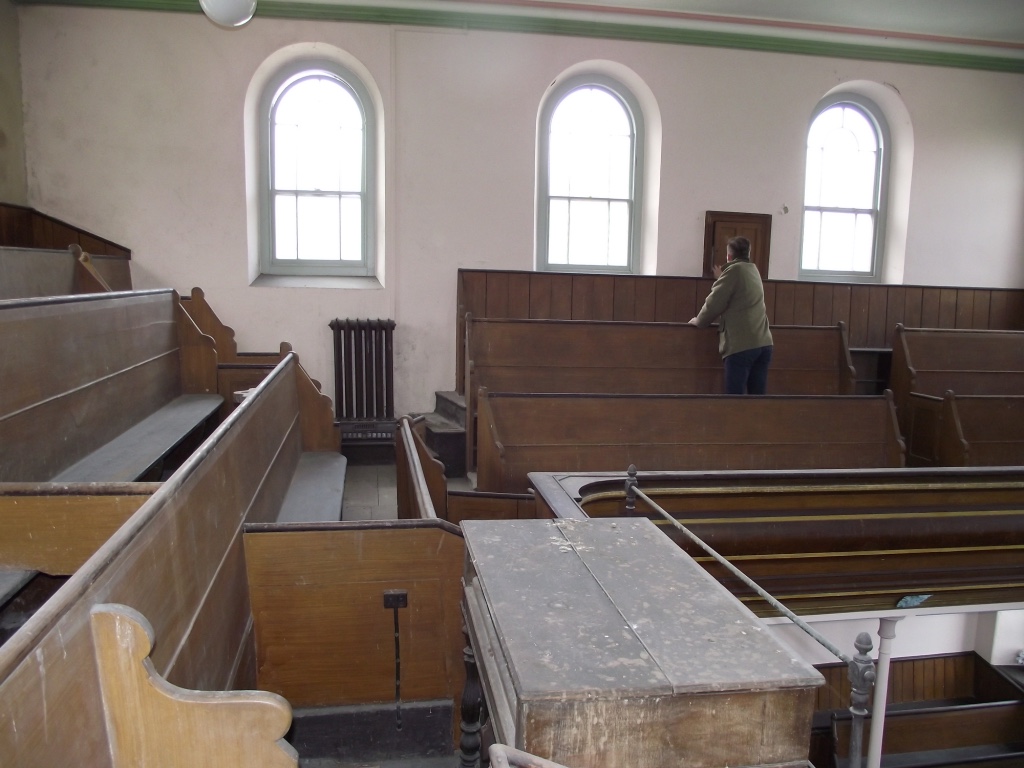 |
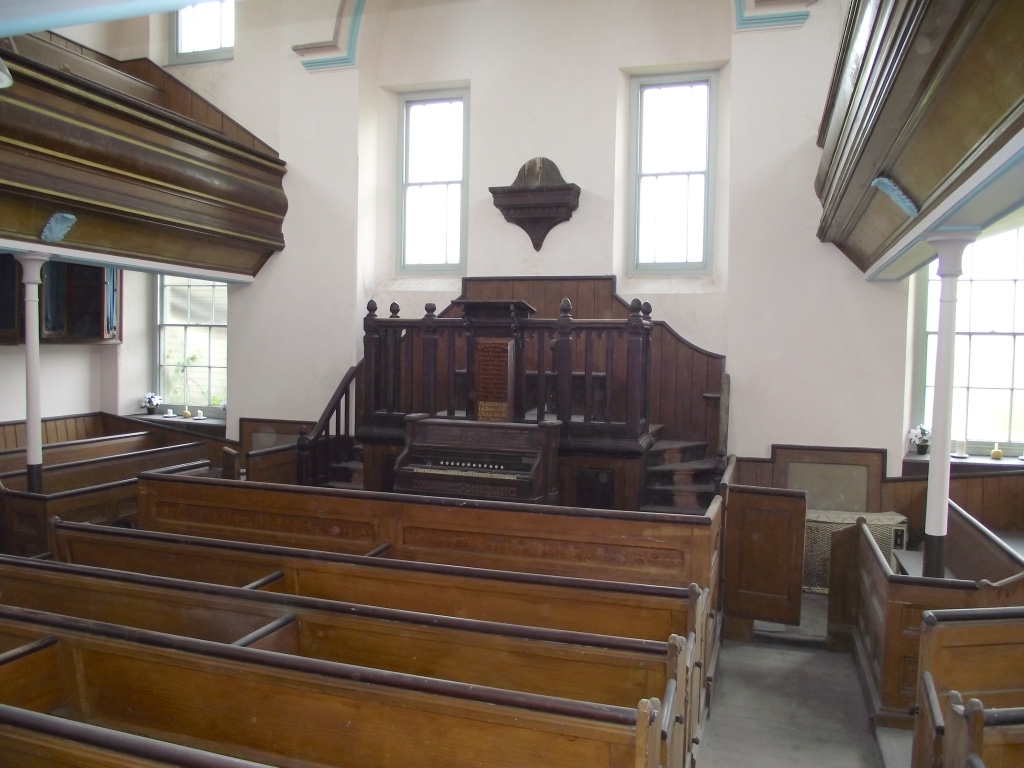 |
| Fletcher
Russell & Co Ltd were established by Thomas
Fletcher (1840-1903), who began work as a dentist in
Warrington. In 1865 he was listed in Cairo Street and
in 1871 at 15 Bold Street. By 1876 he had moved to 4-6
Museum Street and was manufacturing dental apparatus.
By the early 1880s he had added a gas appliance
manufactory in Thynne Street, and the 1881 census
records show him employing 10 men, 2 boys and a girl. By 1895 the company had
become Fletcher Russell and Co Gas Engineers, his firm
having merged with Alexander and William Russell of
Pendleton Iron Works. The 1901 directory gives their
address as Palatine Works, Wilderspool Causeway,
Warrington, manufacturing all types of gas equipment
including fires, cookers and water heaters as well as
laboratory equipment. In the 1950's the firm merged into Radiation Ltd which later went into TI New World, which has gone through many changes and mergers up to the present day. |
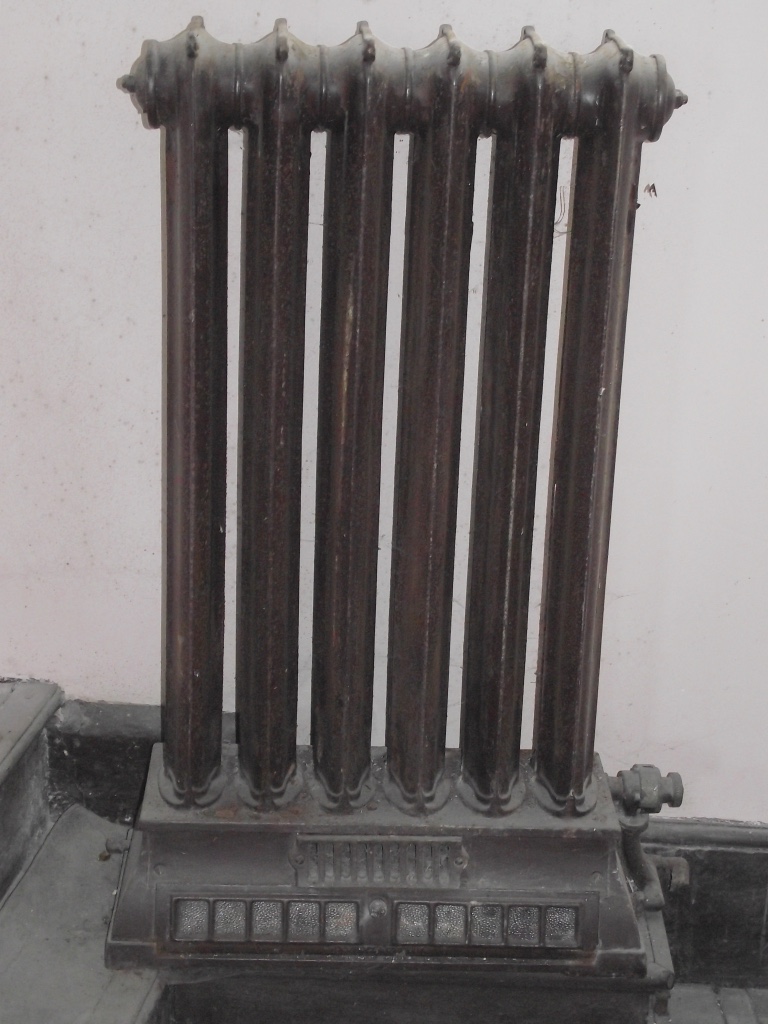 |
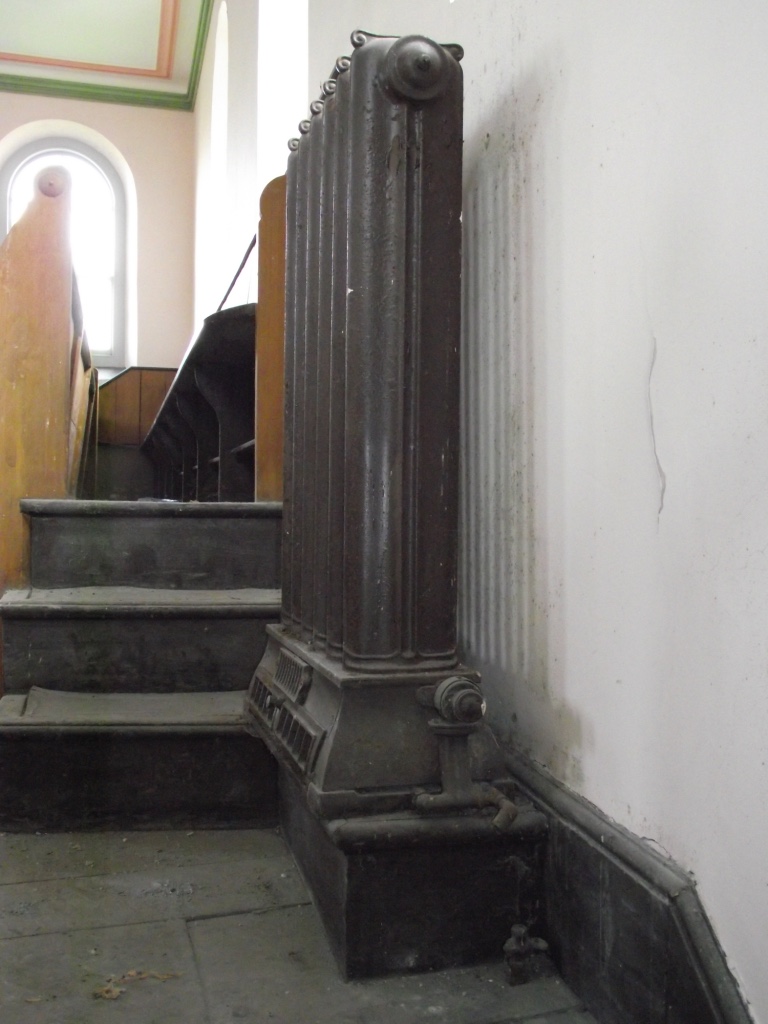 |
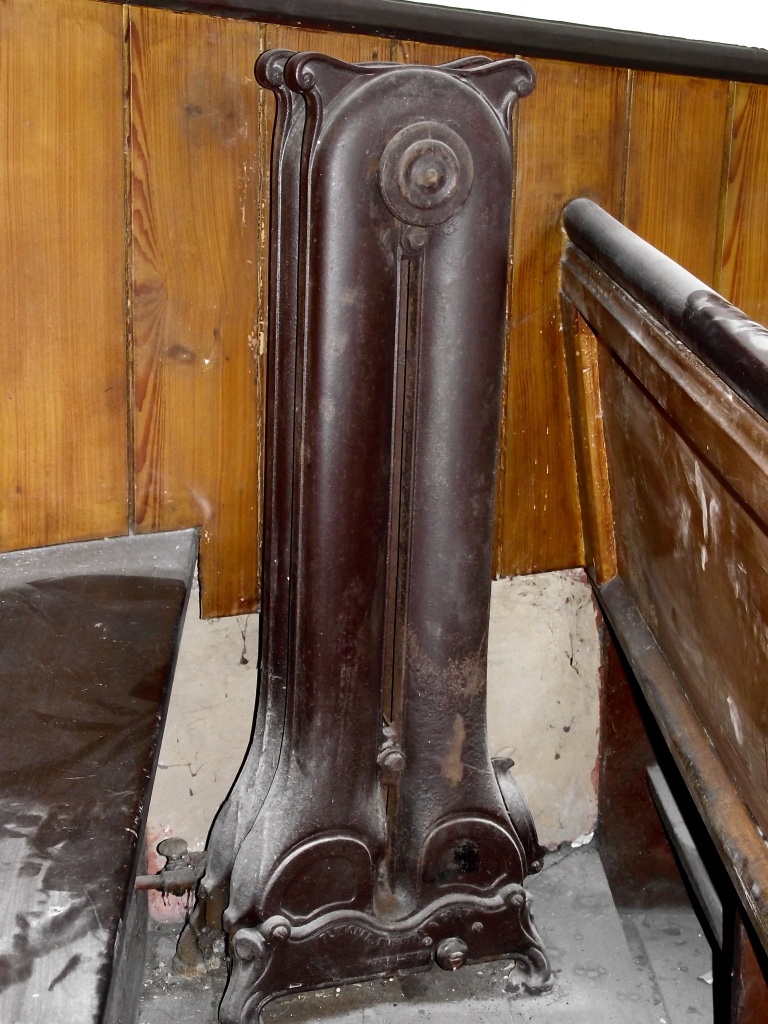 |
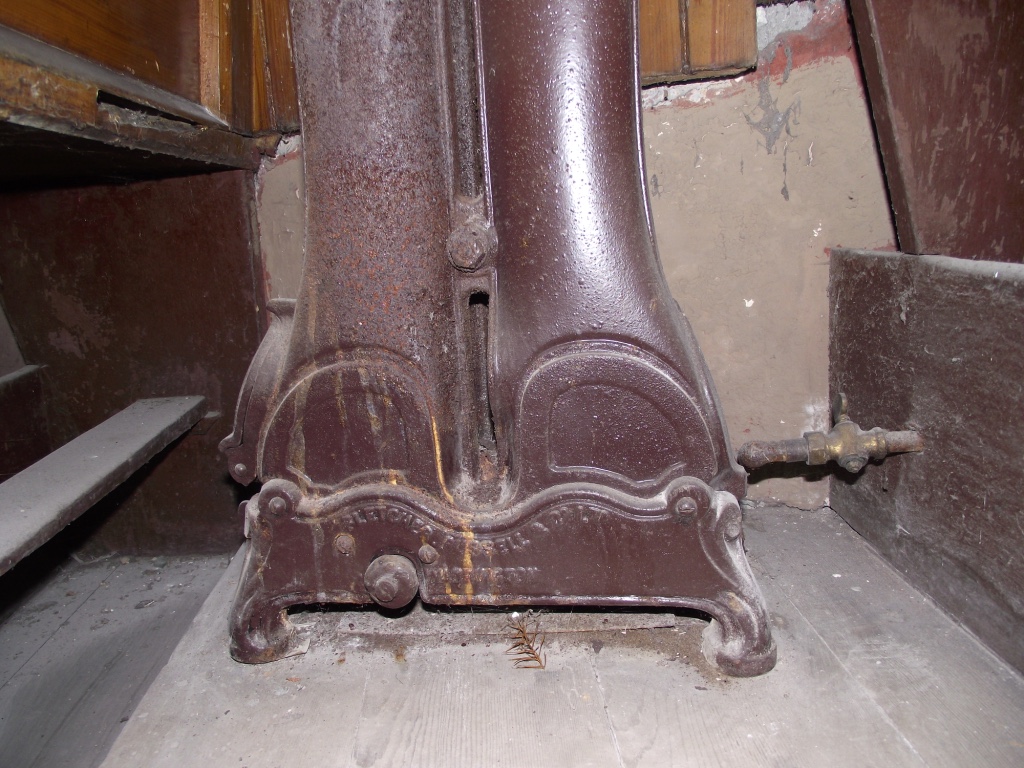 |
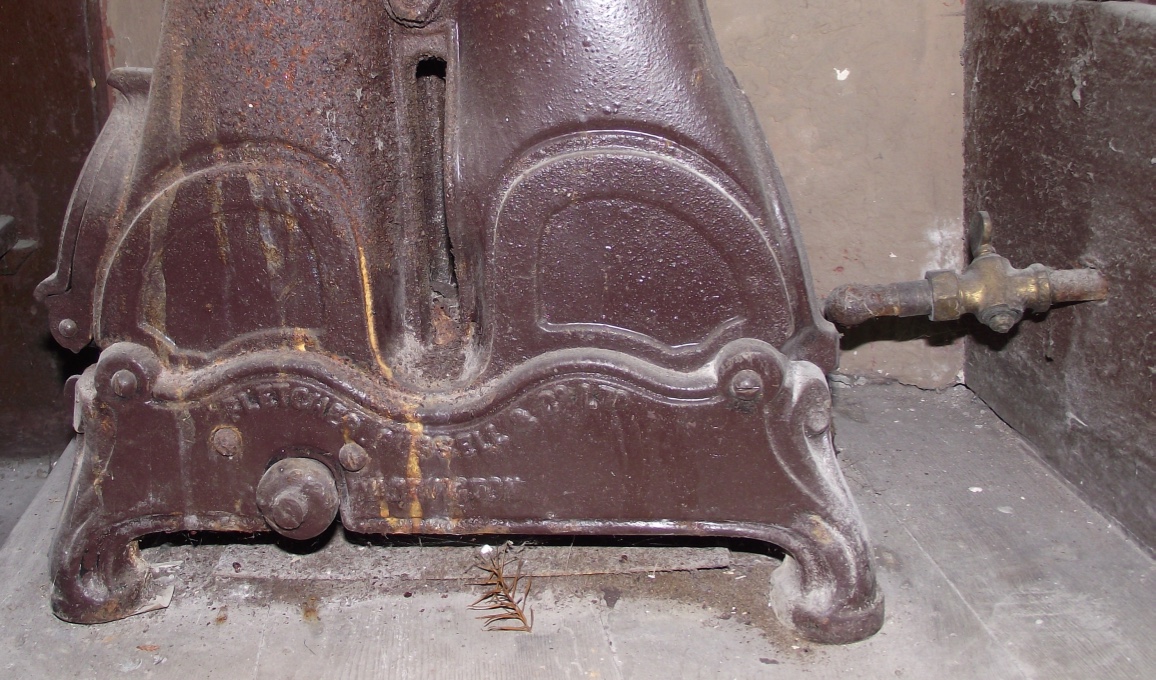
As these gas radiators are direct fired with no fitted flue, the flue gases simply discharged direct into the
Chapel. To prevent the build up of noxious fumes 4 ventilation outlets were fitted in the ceiling. Each octagonal
shaped outlet has 'hit & miss' slide dampers fitted to regulate the amount of fresh air introduced to the Chapel.
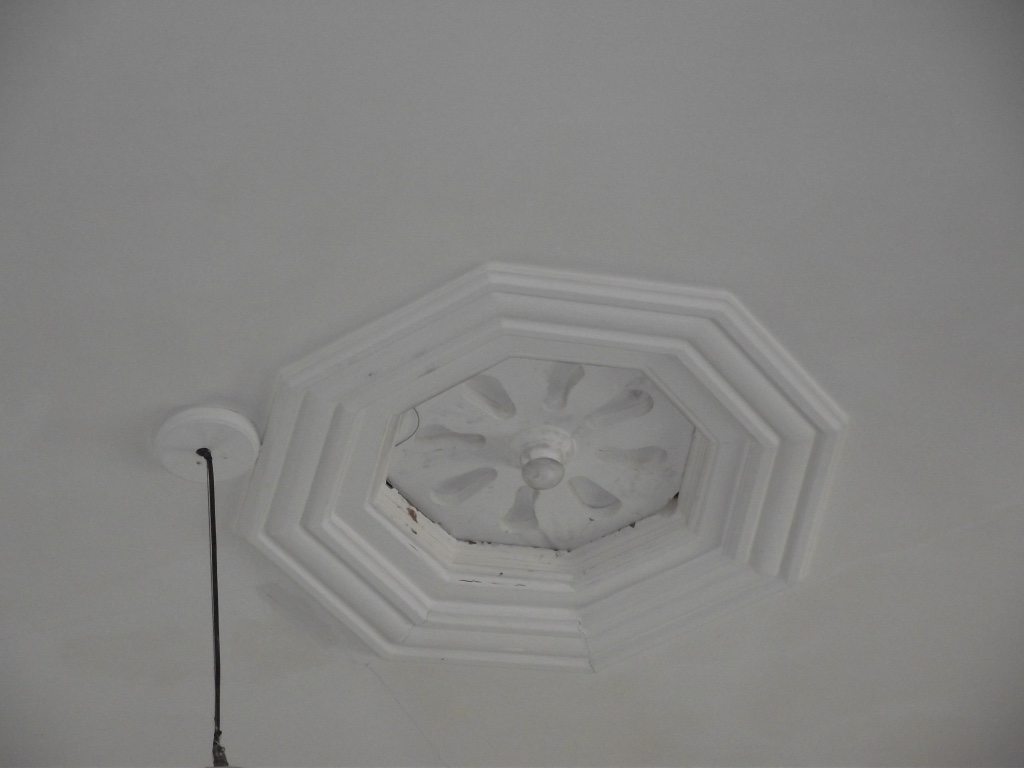
Lighting Installation
|
The original lighting installation
for the Chapel was towns gas and several gas
fittings and glass shades are still to be seen.
Remnants of the gas distribution
pipework can also be seen. It is most likely that
the gas lighting and gas heaters were installed
at the same time during the Edwardian period.
In 1920 a local electrician
installed a DC direct current system and the
original switchgear porcelain fuse carriers and jelly mold
tumbler switches have still been left in their
timber enclosure. A vertical section of timber
conduit has also been left in position.
The electrician left his name and date of
installation written on the timber.
J H Bosner Aberdare 27th
February 1920.
The DC system was eventually replaced by the current AC system. |
 |
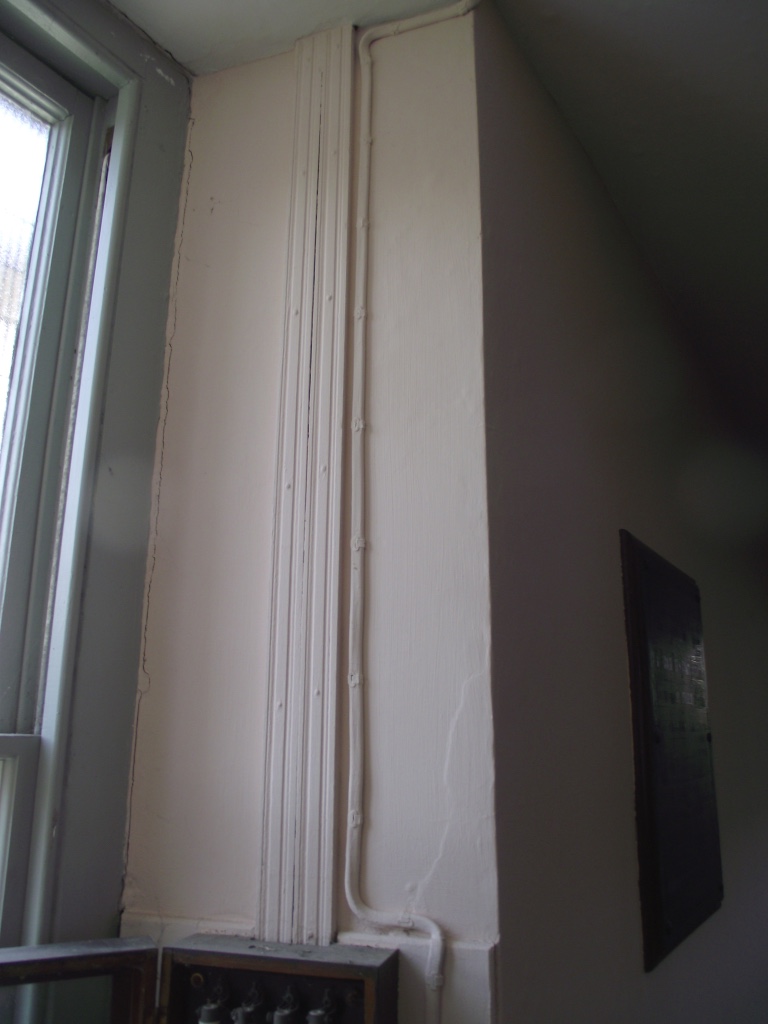 |
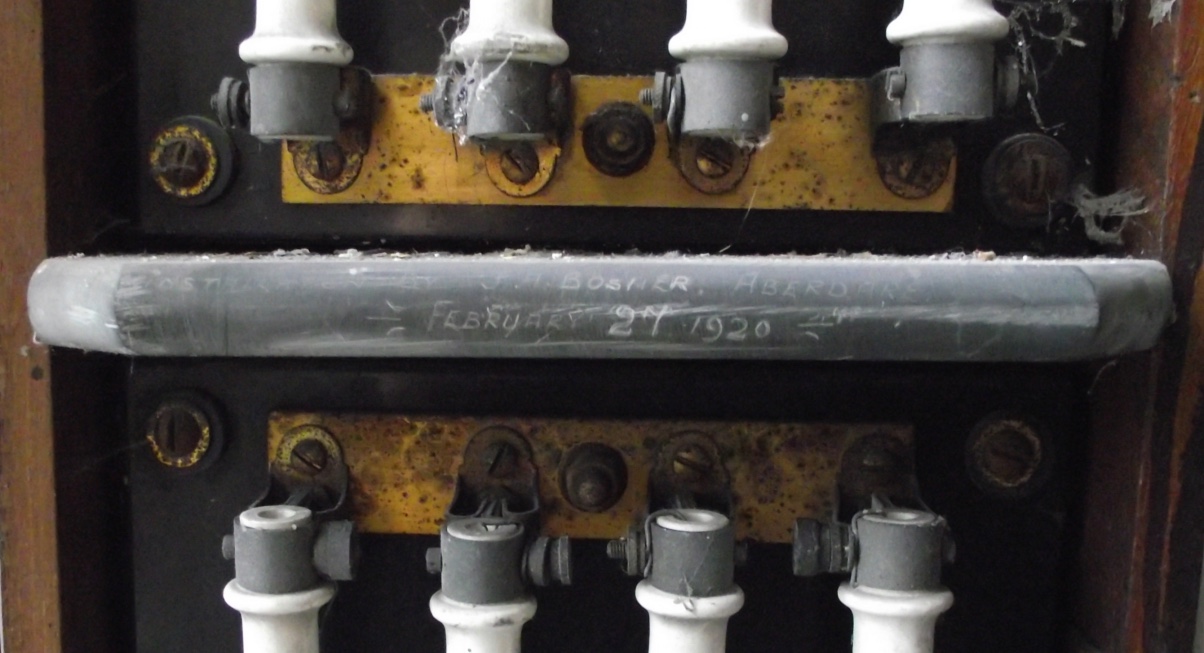
APRIL 2017